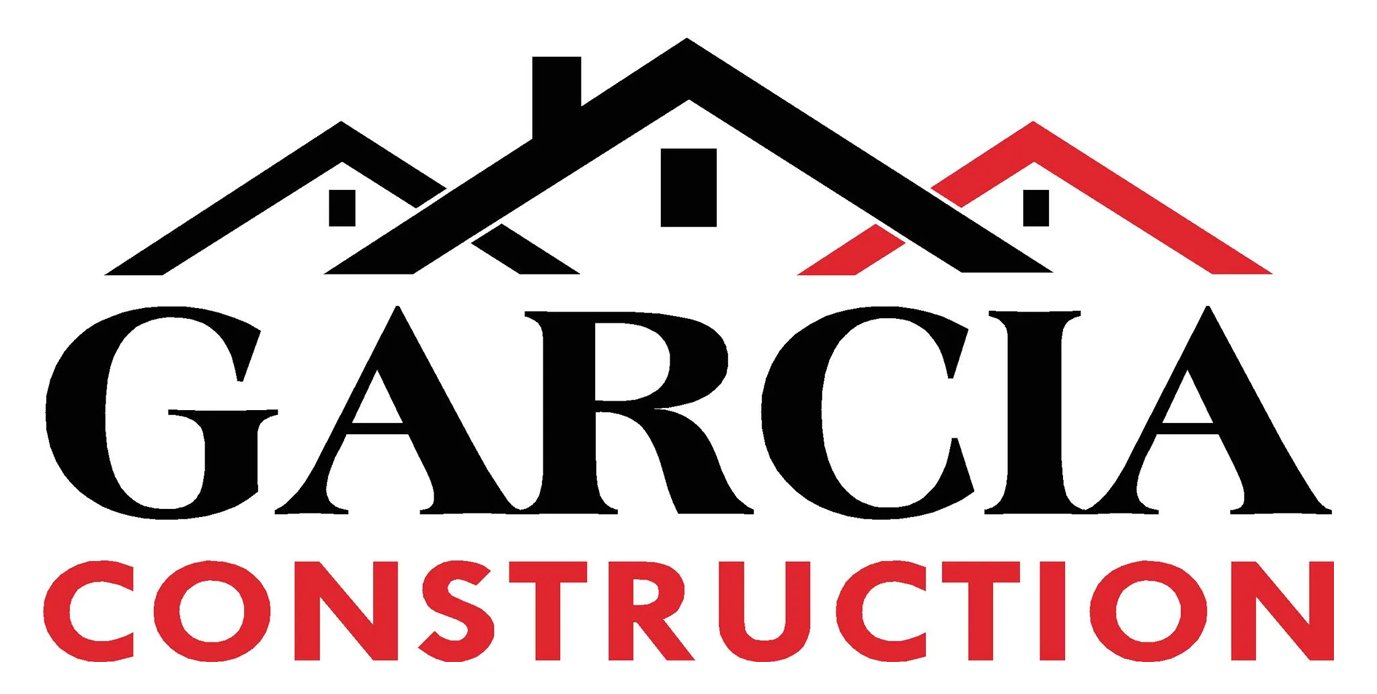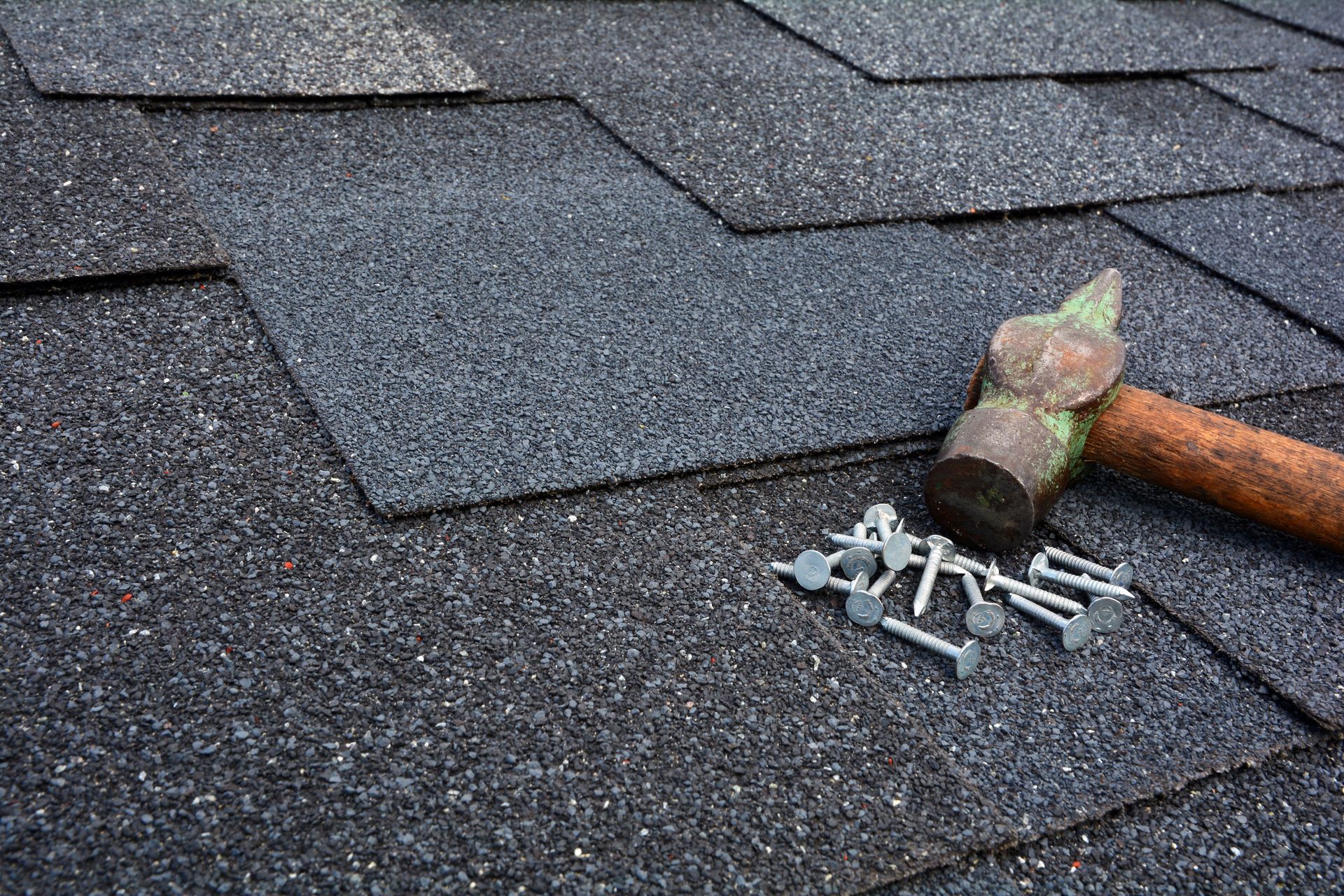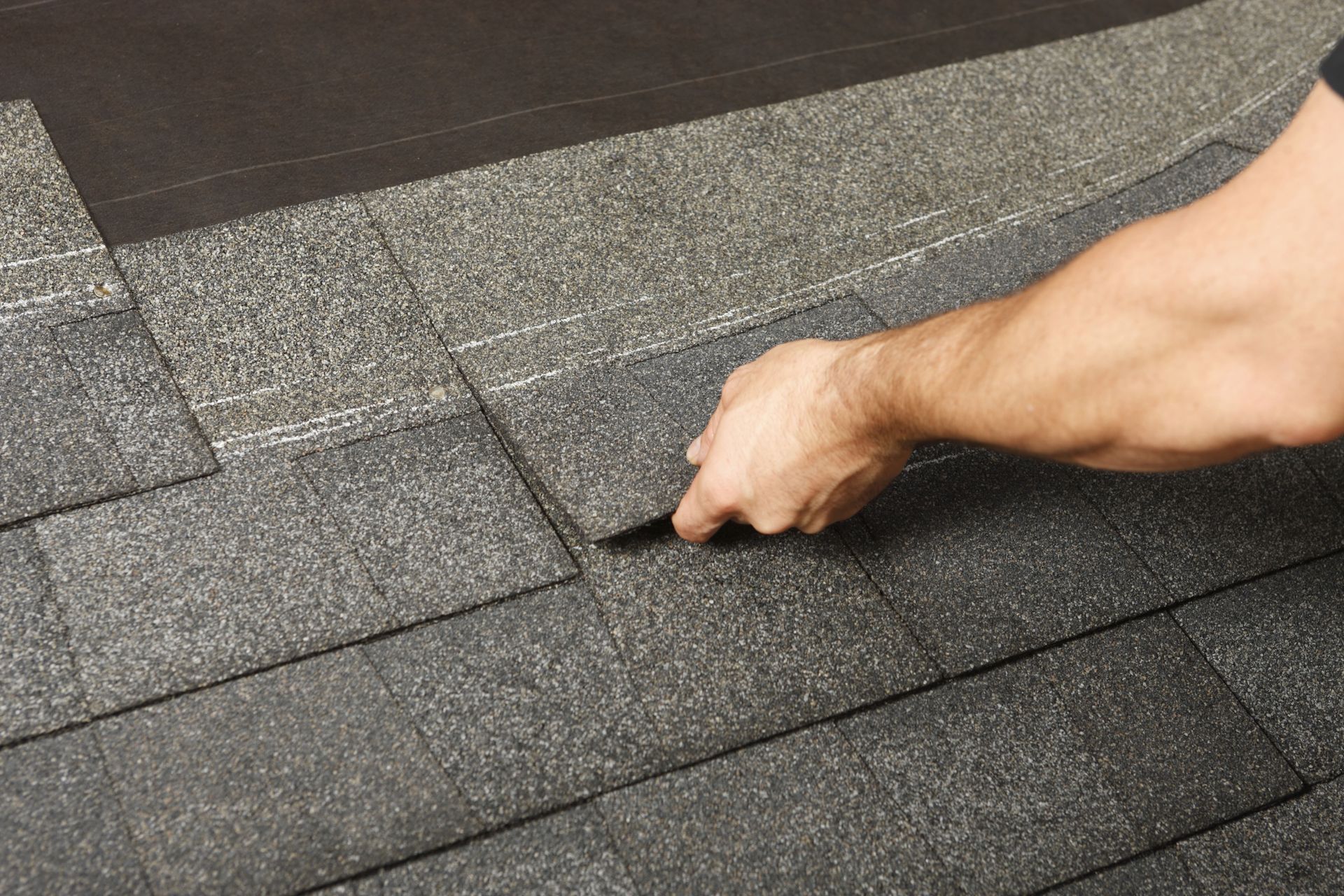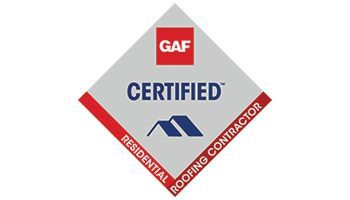November 19, 2025
Investing in a residential roofing project is one of the most important decisions a homeowner can make. Your roof protects your home, influences its curb appeal, and directly impacts its comfort and efficiency. The right approach can enhance property value, improve energy performance, and provide long-term peace of mind. Because this is both a financial and structural investment, every step—from selecting materials to hiring roofers—requires careful thought. With proper planning, you can ensure that your roofing project delivers both immediate benefits and lasting returns.
According to IBIS World, residential roofing accounts for over 60% of the total U.S. roofing market. This demand reflects the vital role residential roofs play in protecting homes and enhancing their appearance. Understanding your needs and working with experienced roofers can help you navigate the complexities of the process, avoid costly mistakes, and achieve the results you envision.
Evaluate Roofing Material Options
The first major decision in any roofing project is choosing the right material. The selection you make influences the roof’s performance, longevity, maintenance requirements, and appearance. Common materials include asphalt shingles, metal, wood, clay, and concrete tiles.
- Asphalt shingles are affordable and widely available, making them a popular choice, though they may require more frequent replacement.
- Metal roofing offers exceptional durability and energy efficiency but comes with a higher initial investment.
- Clay and concrete tiles provide timeless beauty and durability, though they require a strong structural foundation due to their weight.
- Wood shingles or shakes bring a classic aesthetic but may not be ideal for areas with high wildfire risk.
Climate should also play a role in your choice. Metal or tile roofs work well in areas with heavy snowfall, while reflective or cool-roof materials suit hot, sunny climates. Roofers can help you assess environmental factors, aesthetic goals, and budget considerations to determine the most practical option.
Advancements in roofing technology have expanded the range of choices. Recycled shingles, green roofs, and solar-integrated materials can reduce energy bills and carbon footprints while adding modern appeal. By weighing the pros and cons of each option with guidance from skilled roofers, you can strike the right balance between cost-effectiveness and durability.
Understand the Functions and Structure of a Roof
A residential roof serves several purposes beyond simply keeping out rain. It shields your home from weather, insulates against temperature extremes, and adds structural stability. The right roofing system will improve energy efficiency, lower utility costs, and enhance indoor comfort.
Key components include:
- Trusses – The framework supporting the entire structure.
- Decking – The base layer that provides a foundation for shingles or tiles.
- Underlayment – A water-resistant barrier for extra protection.
- Shingles or tiles – The outer layer, chosen for both function and style.
- Flashing – Protective materials around edges, chimneys, and vents to prevent leaks.
- Ventilation systems – Components like ridge vents that regulate airflow and prevent moisture buildup.
By understanding this anatomy, you can communicate more effectively with roofers and make informed decisions about repairs, replacements, or upgrades.
Assess Your Roofing Needs Through Inspection
Before committing to a project, assess the current condition of your roof. Regular inspections—ideally twice a year—are essential for spotting small problems before they escalate. Professionals can identify signs of wear such as missing shingles, curling edges, water stains on ceilings, or sagging rooflines.
A thorough inspection includes checking:
- Shingle condition and granule loss.
- Flashing integrity.
- Gutter performance and blockage.
- Attic insulation and ventilation.
Early detection of damage allows for timely repairs, extending your roof’s lifespan and protecting your investment. Documented inspection reports are also valuable for insurance claims, resale negotiations, and long-term maintenance planning.
Plan a Realistic Budget for Long-Term Value
Budgeting for a roofing project involves more than just calculating initial costs. While some materials may be more expensive upfront, they can save money in the long run through reduced maintenance and energy savings. For example, metal roofs cost more initially but often last two to three times longer than asphalt shingles.
When working with roofers, obtain multiple estimates to compare pricing, timelines, and scope of work. Factor in warranties, maintenance needs, and potential energy-efficiency rebates. Additionally, consider how environmental upgrades—such as solar panels or reflective coatings—might provide future cost benefits.
Budgeting with foresight ensures that your roofing project delivers lasting value, avoids unexpected financial strain, and supports your long-term property goals. It allows you to anticipate both immediate expenses and future costs, such as routine maintenance, potential repairs, or eventual replacement. This forward-thinking approach also helps you take advantage of seasonal promotions, bulk material discounts, or energy-efficiency incentives that can reduce overall spending. By mapping out a realistic financial plan in advance, you can prioritize quality materials and skilled roofers without compromising on structural integrity or aesthetics. Ultimately, this level of preparation transforms your roofing investment from a short-term upgrade into a strategic improvement that benefits your home for years to come.
Factor in Climate and Environmental Considerations
Your geographic location and local climate play critical roles in determining which roofing materials and designs are most suitable. In coastal areas, salt-resistant materials are key. In desert climates, reflective surfaces help reduce heat absorption. In snowy regions, steep pitches and materials that shed snow easily are preferable.
Environmental concerns are also influencing roofing decisions. Many homeowners now choose eco-friendly products or install systems designed to reduce energy consumption. Roofers experienced in sustainable solutions can recommend recycled materials, energy-efficient coatings, or solar-ready designs.
By aligning your roofing choice with your environment, you not only extend the life of your roof but also increase your home’s comfort and efficiency. Selecting materials and designs that are suited to your region’s climate—whether that means heat-reflective surfaces for hot, sunny areas or snow-shedding profiles for colder regions—helps reduce weather-related wear and tear. This tailored approach minimizes the risk of premature damage, lowers maintenance demands, and ensures your roof performs optimally year-round. At the same time, climate-appropriate roofing can improve indoor temperature regulation, reduce strain on heating and cooling systems, and lower utility costs. Over time, this combination of durability and energy efficiency not only saves money but also enhances your home’s livability and long-term market value.
Select the Right Roofers for the Job
Choosing the right roofers is one of the most important steps in your project. Look for professionals with a strong track record, proven workmanship, and the ability to clearly explain the process. The best will evaluate your needs, provide transparent quotes, and communicate openly from start to finish.
Questions to ask include:
- What materials and brands do you recommend and why?
- How do you handle unexpected issues during installation?
- What is the projected timeline for the project?
- Do you offer written warranties for both materials and labor?
Working with reputable professionals ensures that the job is completed to high standards, meets building codes, and delivers long-lasting performance.
A residential roofing project is a major investment that influences your home’s safety, comfort, and resale value. From selecting the right materials to hiring qualified professionals, each decision impacts both immediate results and long-term satisfaction. By evaluating your options carefully, aligning your choices with climate and budget, and working with experienced professionals, you can secure a roof that enhances your home for decades.
For expert guidance and high-quality workmanship on your next residential roofing project, contact Garcia Construction today. Their experienced
roofers are ready to help you create a durable, beautiful roof that stands the test of time.












